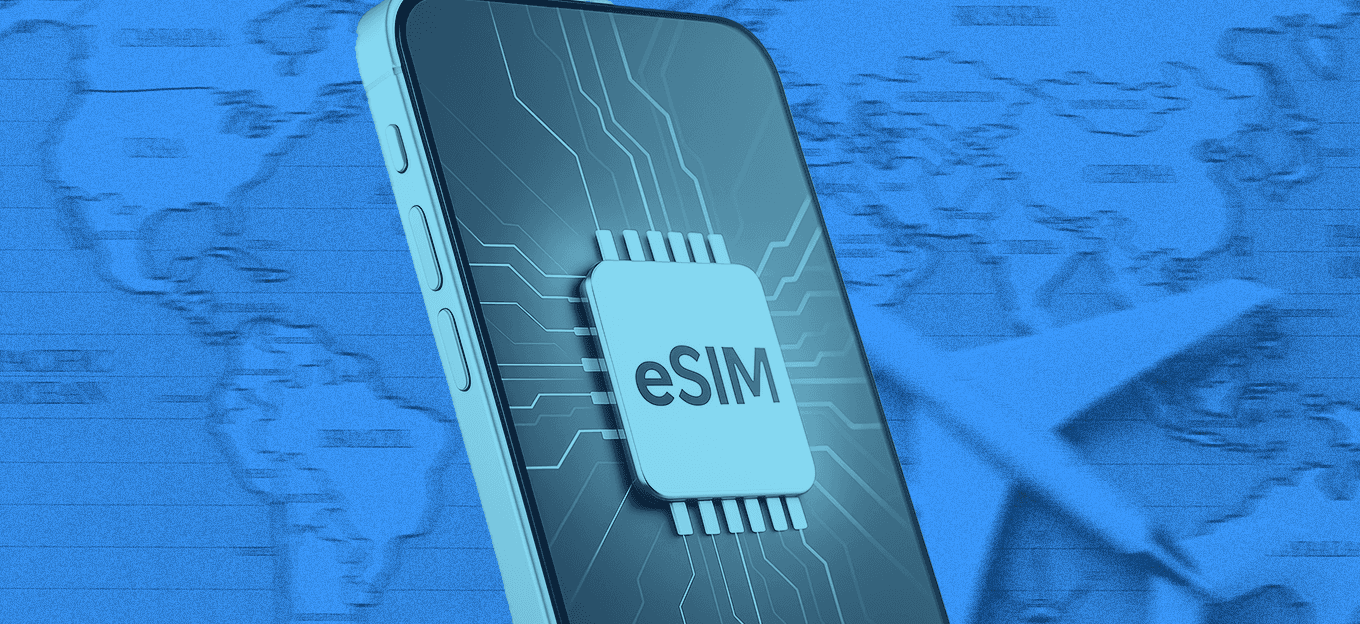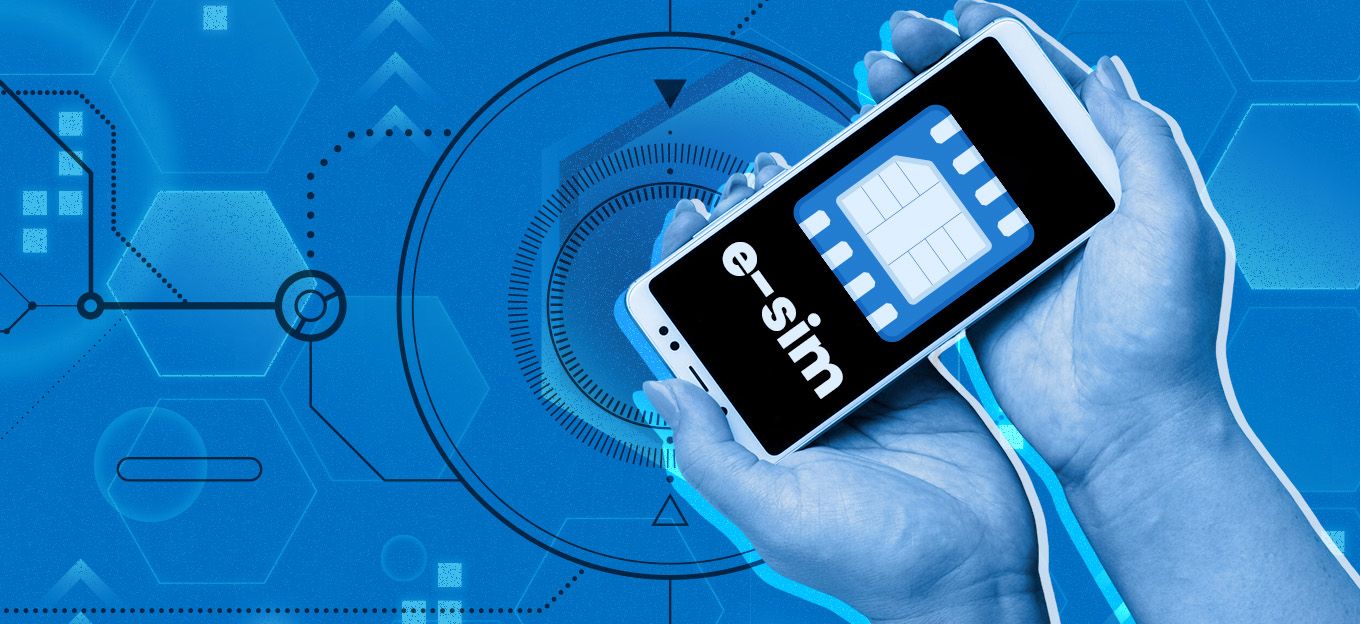Beyond the SIM: What’s the Difference Between Connectivity Providers?
Beyond the SIM: What’s the Difference Between Connectivity Providers?
- Last Updated: December 2, 2024
Hologram
- Last Updated: December 2, 2024



The Differences Between Connectivity Providers
When you build an exciting new IoT product, the last thing you want to worry about is connectivity. Connectivity isn’t what makes your product unique. It just has to work. That's where connectivity providers come in.
But for cellular IoT in particular, connectivity has a way of wrenching your attention away from the stuff you really care about, like product features and dazzling new use cases. Networking is hard. It’s time-consuming to get right, and costly to get wrong. And if you plan to deploy your IoT products beyond a single geography, it requires dozens of relationships with mobile network operators (MNOs) to achieve global coverage. Each of those relationships takes time, attention, and lots and lots of paperwork.
"When you build an exciting new IoT product, the last thing you want to worry about is connectivity. Connectivity isn’t what makes your product unique. It just has to work."
-Hologram.io
That’s why few IoT manufacturers handle their own cellular connectivity. It’s cheaper and easier to get a partner to do it for them. These days, many IoT connectivity partners are out there. They all have pre-existing relationships with MNOs. They all give you a single point of contact that delivers cellular connectivity to your devices, no matter where you ship them (ideally).
So what are the differences between connectivity providers then? In 2023, connectivity providers are at an important crossroads. Specifically, a key connectivity technology that used to be special should now be considered necessary.
The multi-profile SIM isn’t a differentiator for IoT connectivity providers anymore. It’s table stakes.
But that doesn’t mean every multi-profile connectivity provider is the same. Keep reading to learn why IoT manufacturers must go beyond the SIM to find the right connectivity partner—and what they should look for instead.
The Multi-Profile SIM: From Extraordinary to Expected
To connect with cellular networks, devices need SIM cards. Until relatively recently, that meant a physical SIM card for each MNO relationship. This old approach creates obvious headaches for massive IoT deployments. You can’t swap out physical SIM cards every time your e-scooter crosses an invisible network boundary, for instance. And roaming carries its own challenges.
Starting in 2014 and 2015, however, the GSMA (the cellular industry’s standardization body) began to introduce two new SIM technologies for cellular IoT communication: the embedded SIM (eSIM) and the embedded universal integrated circuit card (eUICC). The eSIM is a SIM that gets soldered into place; unlike a traditional SIM card, it’s not removable. But the real advantage of this then-new approach is eUICC, which stores multiple international mobile subscriber identities (IMSIs) on a single SIM.
This multi-profile technology means you can hop from one cellular network to the next without physically swapping out SIM cards. It makes global cellular IoT possible. No wonder the multi-profile SIM has become standard among connectivity providers.
The trouble is, it’s only been a few years since this single IoT SIM was a major competitive advantage. Many connectivity providers still list this now-standard technology as a key selling point.
You should be able to expect a multi-profile SIM from your connectivity partner. But the multi-profile SIM is just a technology. What matters is how your connectivity provider uses it. With that in mind, here’s what to look for when you shop for cellular IoT connectivity.
Three Key Differences Between Connectivity Providers
We can safely assume you’ll compare price points between connectivity partners. What does that leave when trying to figure out which one will provide the most benefits, not just today, but for the entire lifespan of your deployment?
Here are three areas in which different connectivity providers have very different offerings.
1. Metanetwork Composition
Every IoT connectivity provider manages a network of networks: Call it a metanetwork. They handle relationships with lots and lots of MNOs, giving you access to all of them with a single point of contact. But each provider’s metanetwork will be a bit different from the next.
How many MNO networks do they offer? Where are these networks located? Generally, these elements should be counted in the hundreds for global deployments—but if you only plan to operate IoT devices in a single nation, you might prefer a small, local provider.
Of course, not all MNOs provide the same level of service. Networks with the widest coverage and most reliable performance are considered Tier 1. It’s worth asking how many Tier 1 MNOs are in a provider’s metanetwork. Finally, ask about redundant coverage within a single area. Networks do go down. The ideal connectivity provider will have systems in place to keep your products connected no matter what.
2. Network Performance
Every IoT deployment is different, so it makes sense that connectivity needs are, too (to learn more about choosing the right connectivity, check out our webinar). It’s helpful to measure network performance according to six characteristics:
- Coverage area
- Back-up connectivity (i.e., network redundancy)
- Data throughput
- Data speed (i.e., latency)
- Data sovereignty
- Cost
The ideal connectivity provider will offer a custom blend of these six factors. The goal is to calibrate your solution to provide exactly the performance you need, without incurring extra costs or operational challenges. That connectivity framework will look different for every IoT project.
For example, a smart building operator might install HVAC sensors indoors; that makes good coverage essential. But smart HVAC devices don’t send high volumes of data. That means there’s no reason to pay extra for high throughput.
A micromobility provider might collect data on location, condition, and crash detection. With all that data, higher throughput is important. This use case might also need lower latency than a smart building deployment.
In short, one-size-fits-all connectivity can’t deliver the benefits you need—which brings us to the next item on our list.
3. Customization and Flexibility
The vast majority of IoT connectivity partners offer rigid solutions: Access to a single metanetwork, through a standardized platform. The most sophisticated providers focus on flexibility, offering custom connectivity packages to match each unique IoT deployment.
Can you pick which MNOs are included in your plan? Is there an option to keep data local, in compliance with certain national regulations? Are pricing options available to support your business plan? That’s the real test of a future-proof connectivity provider. Find a partner that’s ready to work with you to craft a custom offering—with the flexibility to change and grow alongside your business.
Of course, your connectivity partner offers multi-profile SIMs. (If they don’t, keep hunting.) How will they work with you for continued success? That’s the real difference.
The Most Comprehensive IoT Newsletter for Enterprises
Showcasing the highest-quality content, resources, news, and insights from the world of the Internet of Things. Subscribe to remain informed and up-to-date.
New Podcast Episode

IoT and AI in 2026
Related Articles


